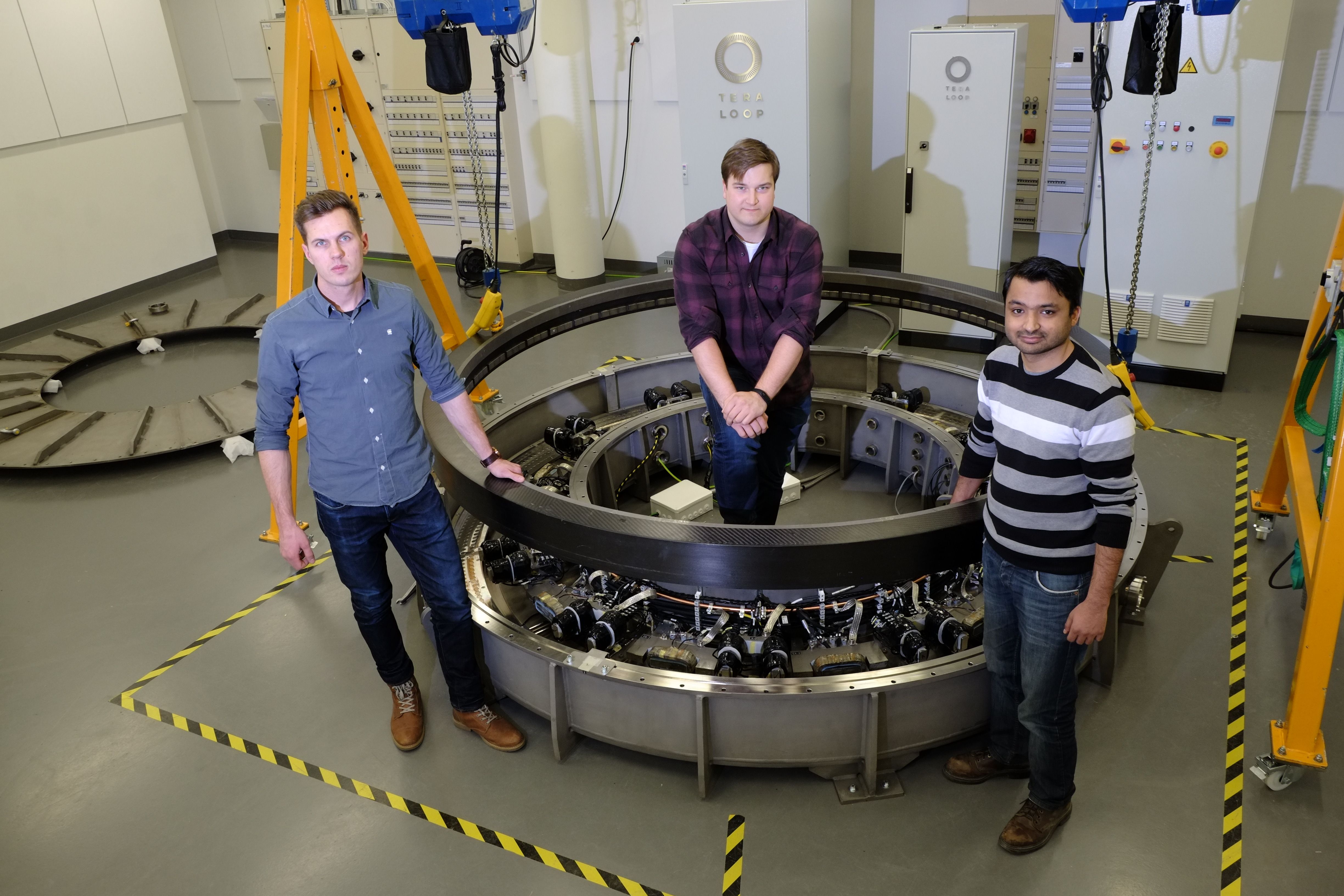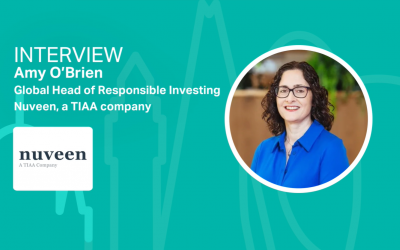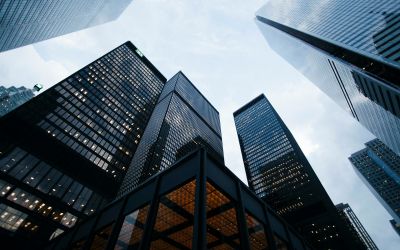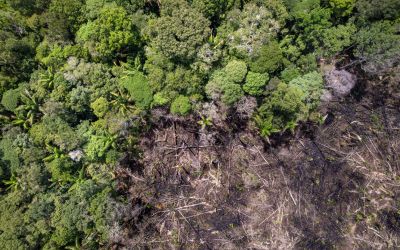Ted Ridgway Watt discusses the role Teraloop plays in the transition to renewable energy
Ahead of the Sustainable Innovation Forum taking place in Katowice, Poland on the 9th and 10th December, we caught up with Ted Ridgway Watt to discuss the role Teraloop plays in the transition to renewable energy.

Ahead of the Sustainable Innovation Forum taking place in Katowice, Poland on the 9th and 10th December, we caught up with Ted Ridgway Watt to discuss the role Teraloop plays in the transition to renewable energy.
Let’s start with some background on the company and your role there?
Teraloop came about from a realisation, back in 2013, that the transition to renewable energy was being held back by a number of factors that could be overcome with scalable storage technology to complement existing solutions. We incorporated in 2014 and I was delighted to be asked to take the helm to take Teraloop from its concept stage through to a product ready for commercialisation.
What role does Teraloop play in the wider scale energy transition?
Managing the natural variability of solar and wind energy sources without also keeping back-up gas and coal-fired generation requires energy storage. Storage is needed because, in an electricity network, supply must be equal to demand at every moment of every day.
By 2050, over a third of electrical energy will pass through storage and the transition to fully renewable electricity will be enabled by a mix of energy storage systems, including power-to-gas, Teraloop and batteries.
We recognise the need for a high efficiency storage device which makes effective use of our resources and operates to balance daily variation in supply & demand. Efficiency of the storage system is very important, as the majority of “storage throughout” will be in the “daily” market.
Our technology is an efficient and scalable kinetic energy system, where a large ring-shaped rotor is magnetically levitated and then spun up using excess energy, by a brushless motor. The freely rotating rotor stores that energy until it is required back to the grid, when the same motor can harvest the energy, slowing the rotor down again. It’s essentially the same concept that my ancestor James Watt used over two hundred years ago to supercharge the industrial revolution but with up-to-date technology.
How does sustainability play a role in the company’s day-to day decision making?
The principles of the circular economy run through the DNA of Teraloop, one strand being why we do what we do and the other being how we do it.
Not only will we enable our customers to reduce energy cost and environmental impact, but also our design and manufacture is driven by the cradle-to-cradle concept. This means that we minimise the materials and energy required to provide the energy storage service and focus on re-use and recycling of components.
Longer term, we are also looking at sustainable alternatives to rare-earth magnets and carbon fibre precursors. Ultimately we would like to be in the vanguard of sustainable energy storage, through the efficiency of our technology and its minimal impact of the environment and human health.
Which of your current projects are you most excited about?
We have two exciting projects right now, as we take our technology from the prototype to commercial pilot stage.
One project is part of a wave energy system, where Teraloop’s form factor enables a very compact, high power device to increase the yield of a power converter in a way which would not be possible with batteries, due to the size restrictions and lifetime cycles (over 4 million). This project really exploits the advantages of Teraloop which we can demonstrate at this early stage.
Another exciting project is with a multinational steel processing plant, whose need for energy storage is driven by penalty costs arising from fluctuating loads. We’re working with the customer to create a business case and storage service that will be portable to other industries which use energy-intensive processes, such as aluminium manufacture.

You’re joining us at the 9th annual Sustainable Innovation Forum, what are you most looking forward to at this year’s conference?
We are thrilled to be attending this event as we believe that it offers a fertile environment to learn more about the future of sustainable energy from policy-makers, customers and other innovators.
Our focus is very much on sustainability and how we can help our future customers to meet their requirements - not just for reducing costs but also for sustainability reporting.
To deliver our commercial pilots, we are looking for investment in the company next year and so the event offers us the opportunity to build high level visibility, support and some strong investment opportunities.
What does the future for Teraloop look like?
We have made exceptional progress in bringing our technology to its current stage and are highly motivated to bring Teraloop to its commercial debut over the next two years. With the right support, our future is assured by a demanding market for storage. We are recruiting engineering talent right now and expect to see the team expand to meet rapid growth over the next four years.
Teraloop is joining us at this year’s Sustainable Innovation Forum 2018, taking place in Katowice, Poland on the 9th and 10th of December, find out more here.






